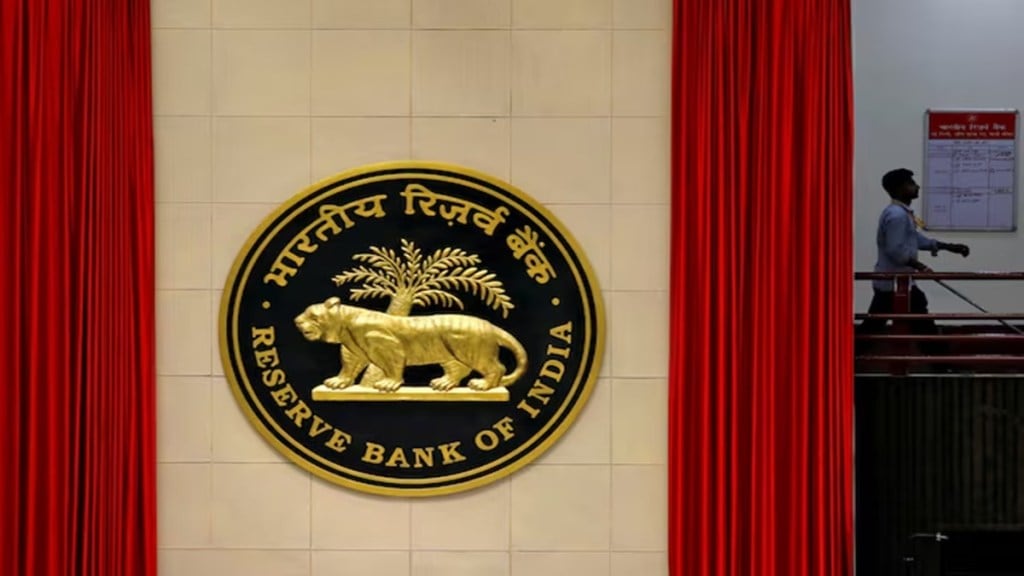The Reserve Bank of India (RBI) has announced the Trade Relief Measures Directions, 2025 on Friday to cushion exporters from global trade disruptions and ensure continuity of viable businesses. Effective immediately, the framework applies to commercial banks, co-operative banks, NBFCs (including housing finance companies), All-India Financial Institutions and Credit Information Companies (for reporting purposes).
Eligible borrowers must be engaged in export sectors having outstanding export credit facilities as of August 31, 2025, and maintain ‘standard’ classification on all accounts as of that date. Some of the sectors and articles that are eligible for the RBI’s trade relief measures include organic chemicals, plastic, rubber, leather, carpets, apparel and clothing accessories, footwear, articles of iron or steel, nuclear reactors, boilers and electrical machinery and equipment and parts.
Key measures include a moratorium on term loan installments—both principal and interest—falling due between September 1 and December 31, 2025. For working capital facilities like cash credit and overdrafts, interest recovery may be deferred during this period, with interest accruing on a simple basis to avoid compounding.
There shall be no interest on interest. Accrued interest may be converted into a funded interest term loan repayable by September 30, 2026. Registered entities (REs) may also reassess drawing power and working capital limits during the effective period.
Export credit facilities disbursed till March 31, 2026, may be granted an extended tenor of up to 450 days. For packing credit availed before August 31, 2025, where goods dispatch was delayed, liquidation may be permitted through domestic sales or alternate export orders.
Importantly, the moratorium and deferment will not be treated as restructuring events and will not trigger asset classification downgrades. The moratorium period will be excluded from days past-due (dpd) calculations under Income Recognition, Asset Classification and Provisioning (IRACP) norms, and Credit Information Companies (CICs) must ensure borrowers’ credit histories remain unaffected.
Meanwhile, REs must provision at least 5% of outstanding amounts in eligible accounts by December 31, 2025. These general provisions may be adjusted against actual slippages or written back by June 30, 2026. Until then, they will be shown separately in the balance sheet and not netted from gross advances.
To ensure transparency, REs are required to maintain borrower-wise MIS and submit fortnightly reports (as on 15th and at the end of each month) via RBI’s DAKSH platform. This calibrated regulatory intervention reflects RBI’s commitment to preserving export viability while maintaining prudential safeguards.
Further, the regulator also announced relief in Foreign Exchange Management Act (Fema) regulation on realisation and repatriation of proceeds of export of goods/software/services and advance payment against exports. It provided an extension in the time period for realisation and repatriation of full export value of goods, software, services exported from India from nine months to fifteen months from the date of export from India. There will be an increase in the time period for shipment of goods from one year to three years from the date of receipt of advance payment.

